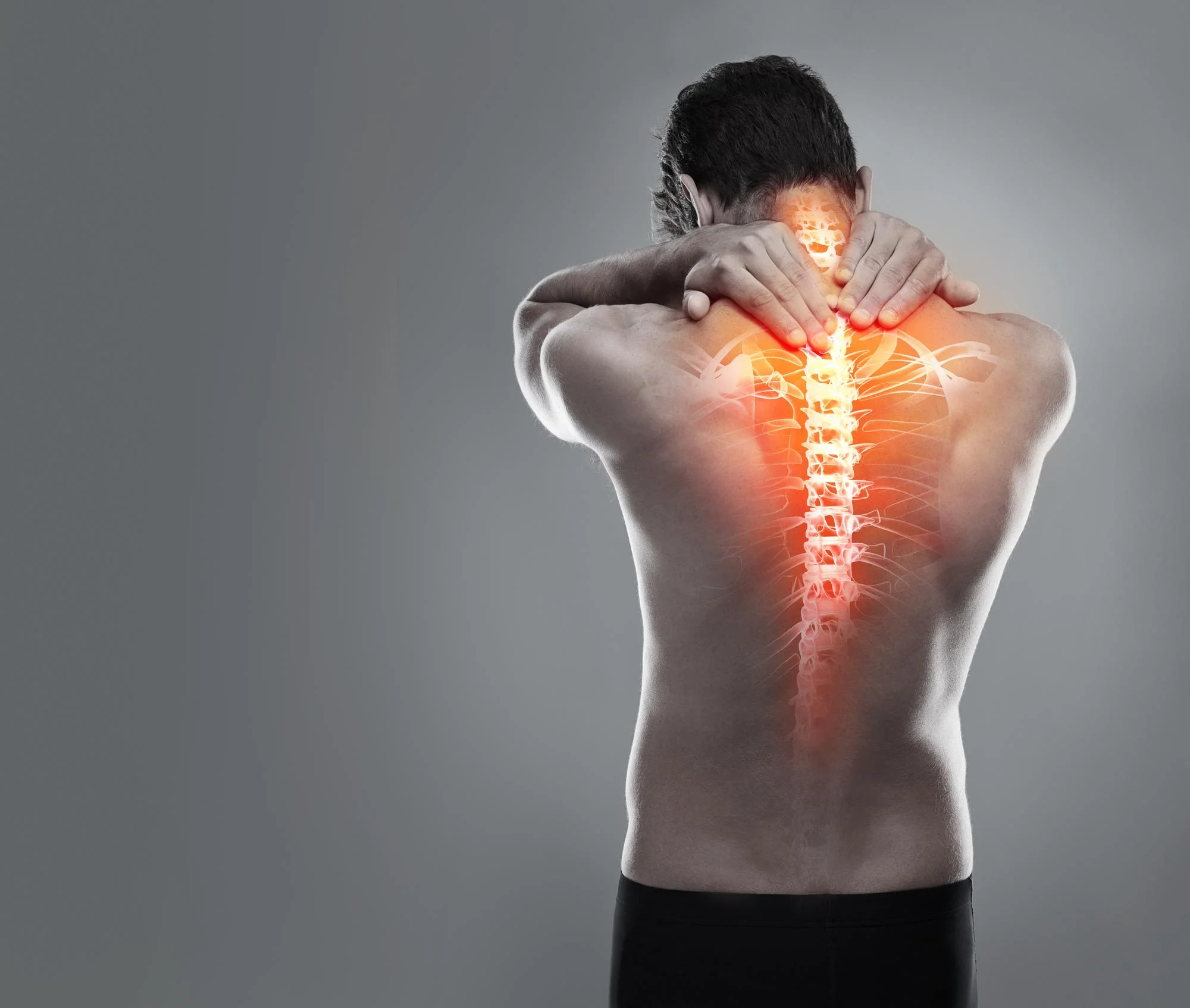Keywords
1. Spinopelvic Parameters
2. Intravertebral Cleft
3. Osteoporosis
4. Vertebral Compression Fractures
5. Spinal Malalignment
The Silent Epidemic: Osteoporosis and the Risk of Vertebral Fractures
Osteoporosis is a skeletal disorder characterized by compromised bone strength, which significantly increases the risk of fractures. Among these, vertebral compression fractures (VCFs) are the most common osteoporotic fractures, especially in the elderly population. These fractures can lead to severe pain, disability, and a decrease in the quality of life. A particular concern is the development of an intravertebral cleft (IVC), which is associated with the nonunion of such fractures, and the implications it has for treatment outcomes.
In a groundbreaking study published in World Neurosurgery, Zhang Shuangjiang and his colleagues from the Department of Orthopaedics at Beijing Friendship Hospital, Capital Medical University, set out to investigate a potential association between spinopelvic parameters and the presence of IVC in patients with osteoporotic vertebral compression fractures (OVCFs). The study, titled “Association between Spinopelvic Parameters and Intravertebral Cleft in Osteoporosis Vertebral Compression Fractures” (DOI: 10.1016/j.wneu.2024.01.034), sheds light on a critical aspect of spinal health that has often been overlooked.
Study Design and Approach
In a retrospective study, the research team recruited 65 patients with single-segment IVC or healed vertebral compression fracture (HVCF). Patients were categorized into one of two groups: those with IVC (n=30, mean age: 74 ± 7.16 years) and those with HVCF (n=35, mean age: 67.71 ± 7.30 years). The primary objective was to elucidate whether specific spinopelvic parameters could serve as predictors for the occurrence of IVC in these patients.
Researchers gave special attention to the following metrics: the distance between the sagittal line passing through the anterosuperior corner of the sacrum (S1) and the center of the vertebra with either an IVC or HVCF (DSVA) and the sacral slope (SS). These measurements were taken from lumbar lateral plain films.
Findings and Interpretations
The results revealed insightful differences between the groups. Age, body mass index (BMI), and DSVA showed statistical significance (all p < 0.05), with notable disparities observed in the DSVA measurements.
In the multivariate logistic regression analysis, a larger DSVA emerged as a significant risk factor for the development of IVC among patients with OVCFs, with an odds ratio (OR) of 0.73 (p < 0.05). Furthermore, the receiver operating characteristic (ROC) curve analysis identified optimal cut-off points for these variables, enhancing the predictive accuracy of future assessments.
Implications for Clinical Practice
The findings of this study have profound implications for the clinical management of OVCFs. Firstly, it underscores the importance of recognizing and monitoring global spinal malalignment during conservative treatment. Secondly, the study alerts physicians to the probability of nonunion in OVCFs, which is inherently linked to the patient’s spinopelvic alignment.
The elucidated relationship between DSVA and IVC suggests that patients who present with larger DSVA may require more proactive interventions to mitigate the risk of nonunion and subsequent functional impairments. Such interventions could include tailored physical therapy programs, bracing, or even surgical consideration in severe cases.
A Call for Preventive Measures
Given the study’s findings, there’s an increased emphasis on preventive care in populations susceptible to osteoporosis and vertebral fractures. Regular screening for bone mineral density, adequate calcium and vitamin D intake, and engaging in weight-bearing exercises could potentially minimize the risk of developing severe OVCFs.
Moreover, early detection of spinal malalignment in patients with known osteoporosis could facilitate interventions before the occurrence of a compression fracture, potentially preventing the development of an IVC.
Global Research and a Local Solution
The team led by Zhang Shuangjiang and their local focus on a global issue has brought to the forefront the necessity of integrating spinopelvic parameters into the diagnostic and therapeutic process for patients with osteoporosis. The study not only contributes to the existing body of knowledge but also opens gateways for future research exploring interventions that can modify these parameters to improve patient outcomes.
Conclusion
The study by Zhang Shuangjiang et al. marks a significant step towards understanding the intricate associations between spinal anatomy and the pathophysiology of osteoporosis-related vertebral fractures. The data emerges as a pivotal tool in both predicting and preventing the troublesome complication of intravertebral clefts in an aging population vulnerable to osteoporotic fractures. With this research, clinicians are better equipped to anticipate complications, tailor management strategies, and improve overall patient prognosis.
Study Details
Zhang S, Chen H, Bao L, Jia P, Sun H, Wang K, Chen M, Tang H. Association between Spinopelvic Parameters and Intravertebral Cleft in Osteoporosis Vertebral Compression Fractures. World Neurosurg. 2024 Jan 11:S1878-8750(24)00046-9. DOI: 10.1016/j.wneu.2024.01.034.
References
1. Kanis, J. A. (2002). Diagnosis of osteoporosis and assessment of fracture risk. The Lancet, 359(9321), 1929-1936.
2. Kado, D. M., Browner, W. S., Palermo, L., Nevitt, M. C., Genant, H. K., & Cummings, S. R. (1999). Vertebral fractures and mortality in older women: a prospective study. Archives of Internal Medicine, 159(11), 1215-1220.
3. Kim, Y. J., Bridwell, K. H., Lenke, L. G., Cho, K. J., Edwards, C. C. 2nd, & Rinella, A. S. (2006). Sagittal thoracic and lumbar spine correlations with pelvic parameters. Spine, 31(20), 2339-2345.
4. Roussouly, P., Nnadi, C. (2010). Sagittal plane deformity: an overview of interpretation and management. European Spine Journal, 19(11), 1824–1836.
5. Glassman, S. D., Bridwell, K., Dimar, J. R., Horton, W., Berven, S., & Schwab, F. (2005). The impact of positive sagittal balance in adult spinal deformity. Spine, 30(18), 2024-2029.
